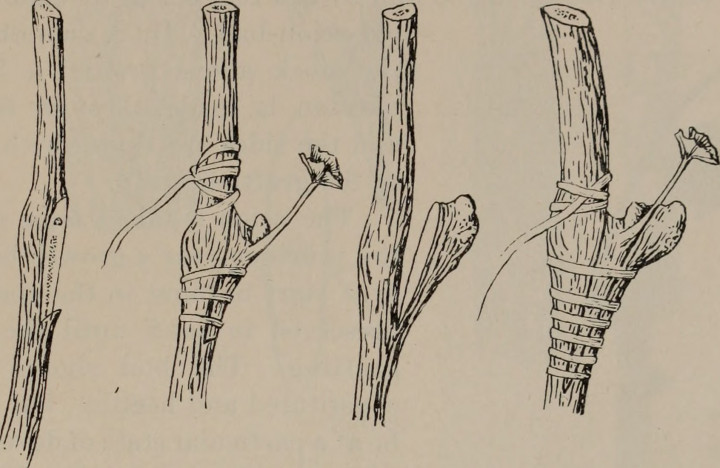
 2
2




 2
2








 1
1












This is all just my opinion based on a flawed memory

 1
1




R. Han wrote:Maybe i should try to be more precise with how i imagine natural growth:
A big vigorous tree that will produce for many decades without human intervention.
Now how does grafted nursery stock with truncated roots and graft union age?




Rene Poulin wrote: Burying the
Graft union will result in topgrowth that is much more resilient to damage and death than otherwise.




R. Han wrote:
Rene Poulin wrote: Burying the
Graft union will result in topgrowth that is much more resilient to damage and death than otherwise.
I have been warned not to do this, as the graft union may rot and kill the tree.
Is it maybe viable for some species or do you have a source for this?




Rene Poulin wrote:
If the graft union is fully grown over by callous tissue and bark there should be no way for rot to set in.
 )
)
 1
1




R. Han wrote:
Rene Poulin wrote:
If the graft union is fully grown over by callous tissue and bark there should be no way for rot to set in.
Here they usually cut of the top of the rootstock and graft the scion in from the side leaving the cut off exposed. (like in this picture https://botanicalgarden.berkeley.edu/wp-content/uploads/2020/04/14596678577_c3e4bca010_o-360x234@2x.jpg)
I suppose trees grafted in this way are not suited for burrying the graft union?
 3
3




Striving to grow things as naturally, simply, and cheaply as possible! 
My YouTube channel
 1
1




greg mosser wrote: best of both worlds might be seed-grown trees with grafts farther up that lead to individual cultivar branches.

|
What do you have to say for yourself? Hmmm? Anything? And you call yourself a tiny ad.
Rocket Mass Heater Resources Wiki
https://permies.com/w/rmh-resources
|


